How Local SEO Rankers Are Evolving in 2025
Learn how Local SEO Rankers are evolving in 2025 with new trends and strategies to boost visibility and dominate local search results.
Mike | 16 Sep 2025
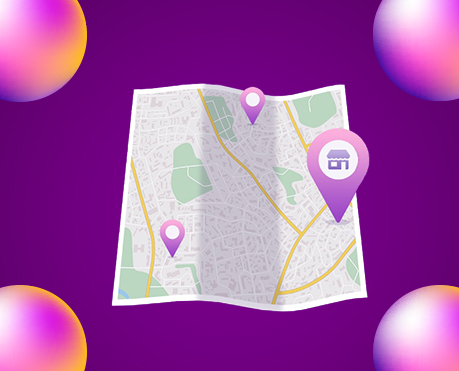
In 2025, local SEOs will become one of the most powerful growth drivers for businesses. With mobile use, AI-powered search, and look at the real-time location of how customers find products and services, visibility in local search results can create or break up.
Whether you run a restaurant, clinic, retail store, or control clients as a marketing agency, appearing in Google’s Local Pack and Maps is not non-compulsory—it’s vital. But with Google’s consistent set of rules updates, AI-powered consequences, and the upward thrust of voice search, traditional processes aren’t sufficient
anymore.
This is why businesses now rely on smart local SEO strategies and advanced tools- Google to customize business profiles, track ranking, manage reviews, and stay ahead of competitors. In this guide, we will detect the latest trends, equipment, and strategy in 2025, which rebuild local SEO rankers – and how you can use them to dominate your market.
Why Local SEO Matters More Than Ever in 2025
More than half of all searches now have local intentions, and 75% of mobile searches lead to a store visit within 24 hours. Local SEO is no longer about clicks – it is about running real results such as foot traffic, calls, and conversions. With 65% of searches occurring in zero clicks, visibility in Google Maps and local packs is more important than ever.
AI-Powered Search and Voice Assistant (SGE, Siri, Alexa, ChatGPT), reliable profiles, while continuous NAP details and strong reviews remain the required trust signal. Since competition for local visibility is increasing, businesses cannot rely on manual strategies alone. Local SEO tool offers accurate rank tracking, customer insights, and review management – helping you stay ahead and grow revenue.
Local SEO in 2025: Key Strategies
1. AI-managed local search
- Search engine uses AI to predict and recommend (menu, waiting time, crowd levels).
- Adapt with structured data, elaborate profiles, and conversational content.
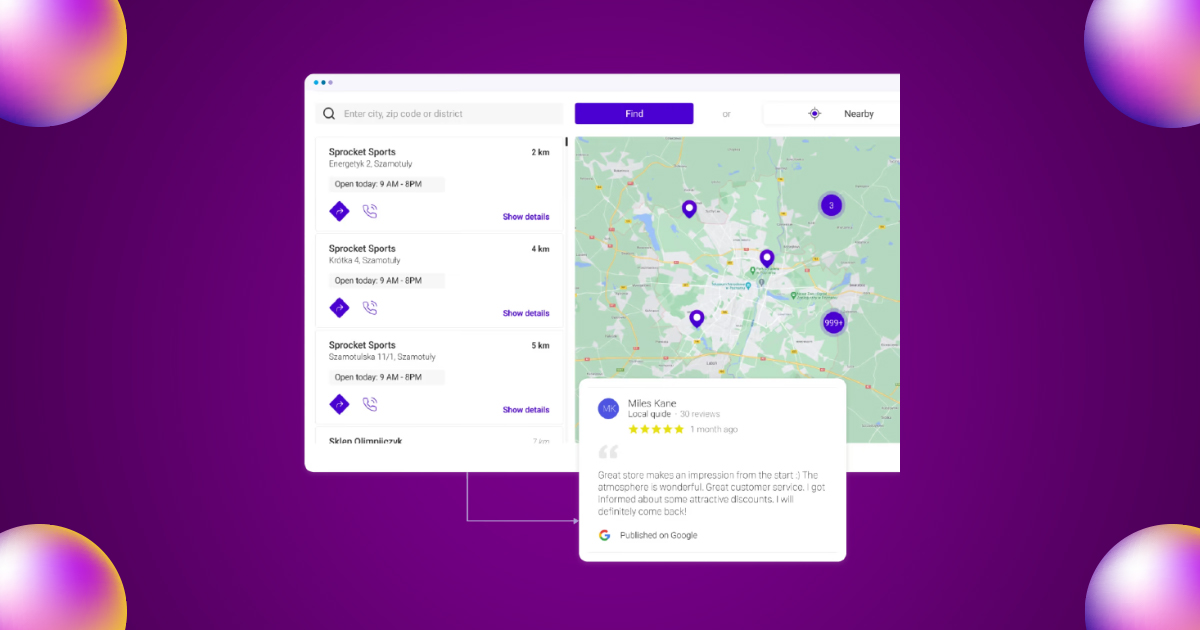
2. Google Business profile adaptation
- AI auto-generated details, FAQs, and Services → Keep the information accurate.
- Use quality photos, videos, and 360 ° tours.
- Stay active: review, weekly updates, offers, and Google messaging.
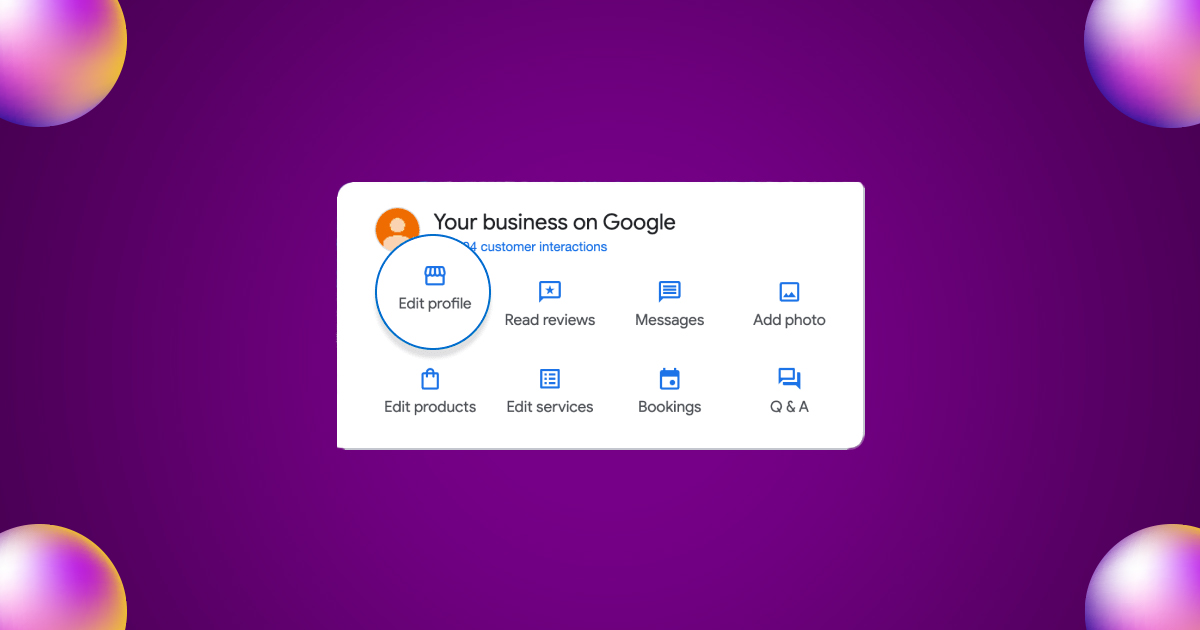
3. AI-operated local content
- Create hyperlocal content(neighborhood/event-specific).
- Adapt for conversational/voice queries.
- Cover local events and community topics.
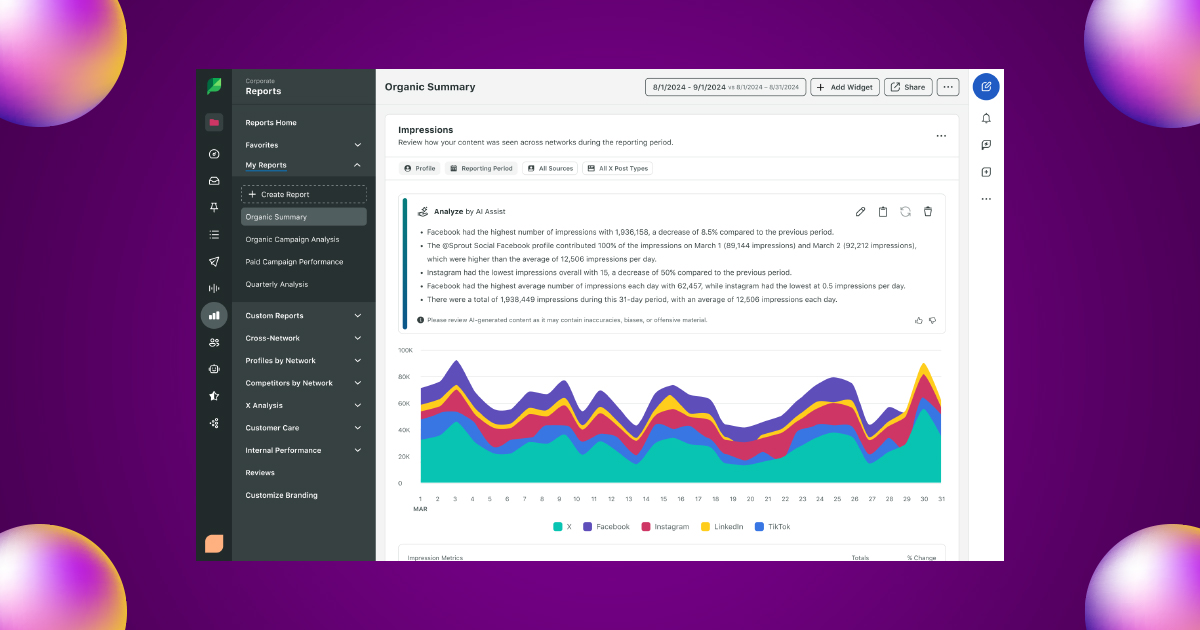
4. Local Link Building and citations
- Earn the link to local blogs, news, and affected people.
- Keep nap stability across directories.
- Social signals indirectly promote ranking.
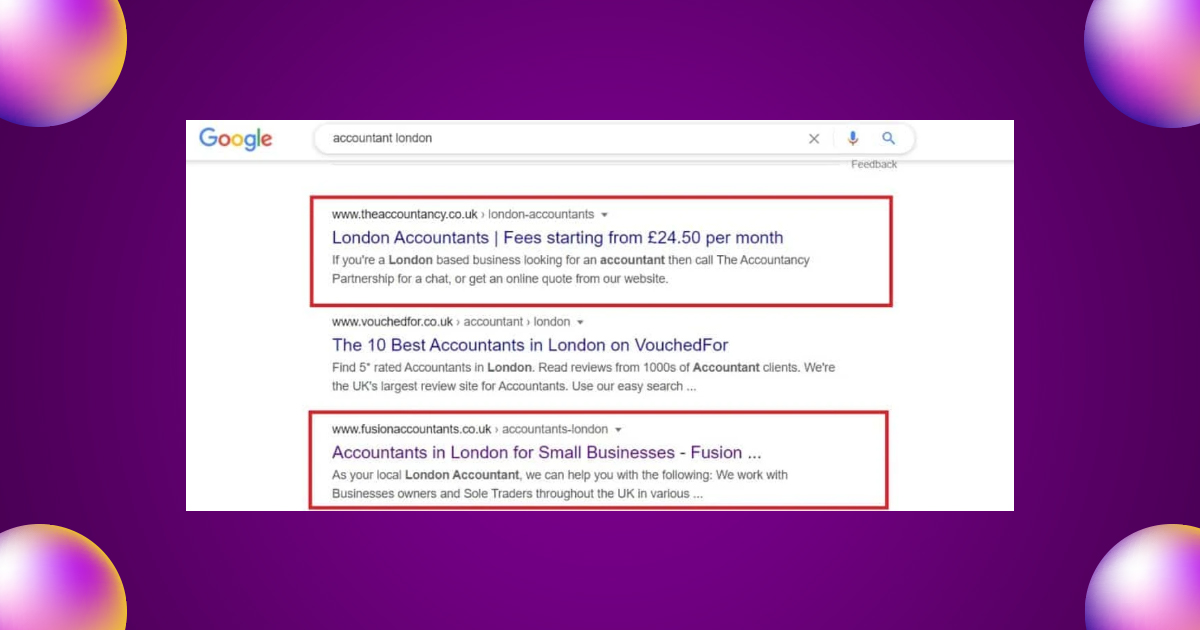
5. Voice Search and Smart Assistant
- 60% local searches are through voice.
- Use long-tail, converted keywords, and FAQ.
- Keep hours, location, and services crawling in Google, Apple, Alexa, and ChatGPT.

6. Reputation and social proof
- Review = ranking + conversion.
- Balanced, authentic, keyword-rich review substances.
- Actively answer. Yelp, Trustpilot, and Facebook reviews also count.
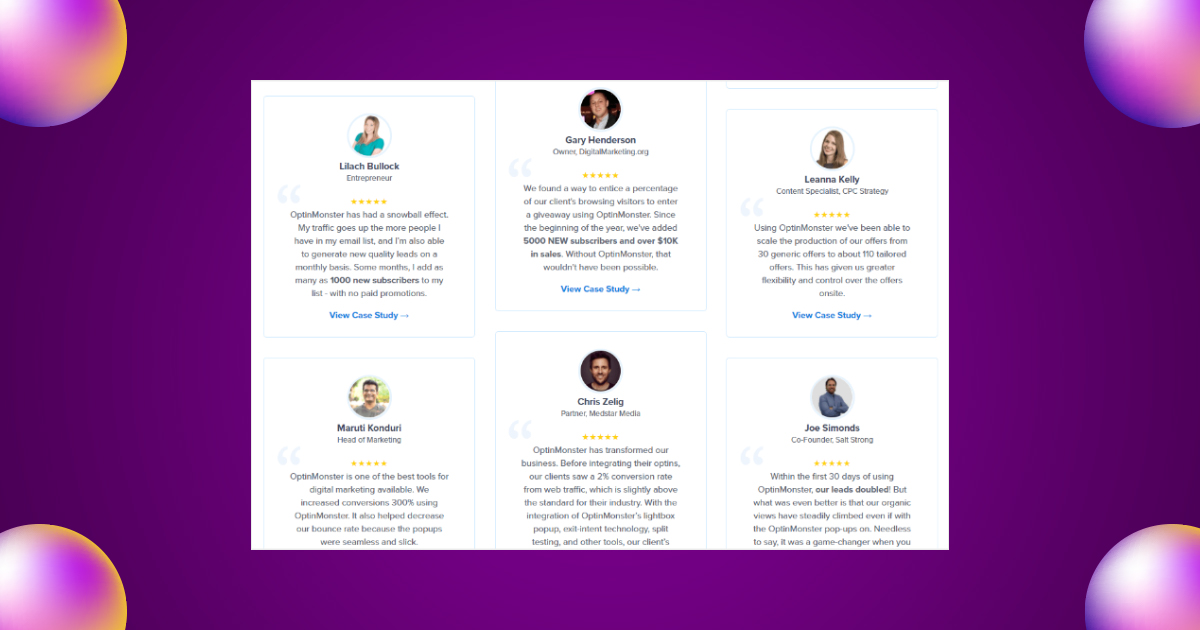
7. Technical local SEO
- Mobile-first UX + fast speed.
- Use local business/FAQ/Review Scheme.
- Create a hyperlocal landing page with unique maps/testimonials.
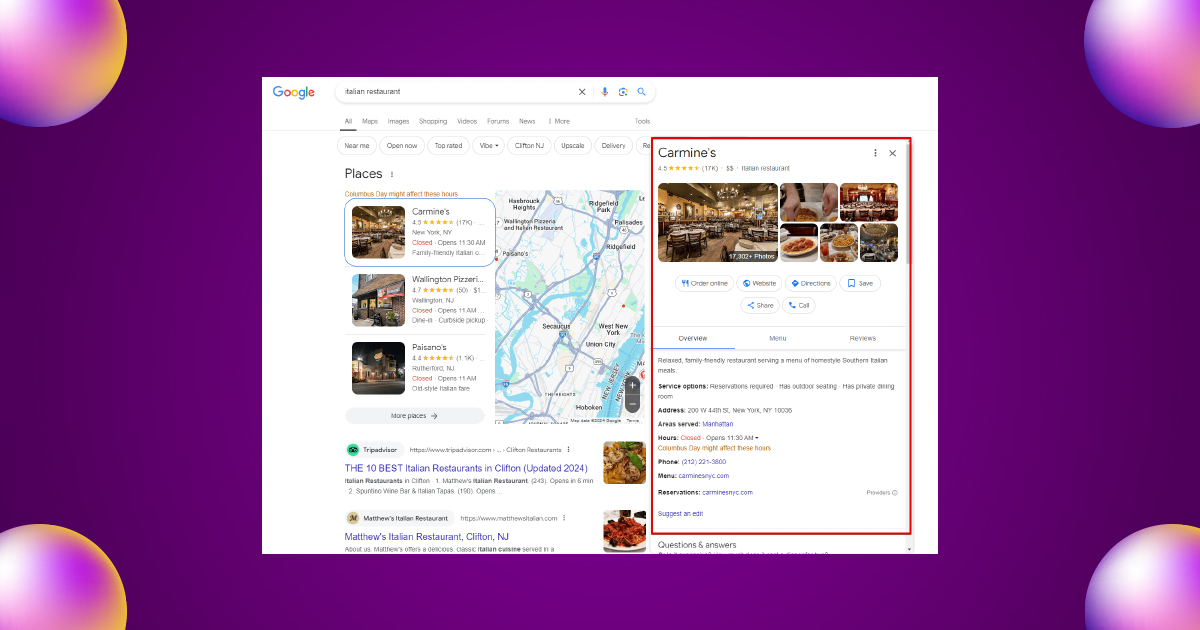
8. Hyperlocal ranking signal
- The ranking depends on the exact neighborhood.
- Use neighborhood keywords, GPS-optimized content, and localized landing pages.
9. Social proof and engagement
- Social mention, tag, and viral post boost rankings.
- Invest in short-form content (TikTok, Reels, Shorts).
- Respond to comments/reviews quickly.
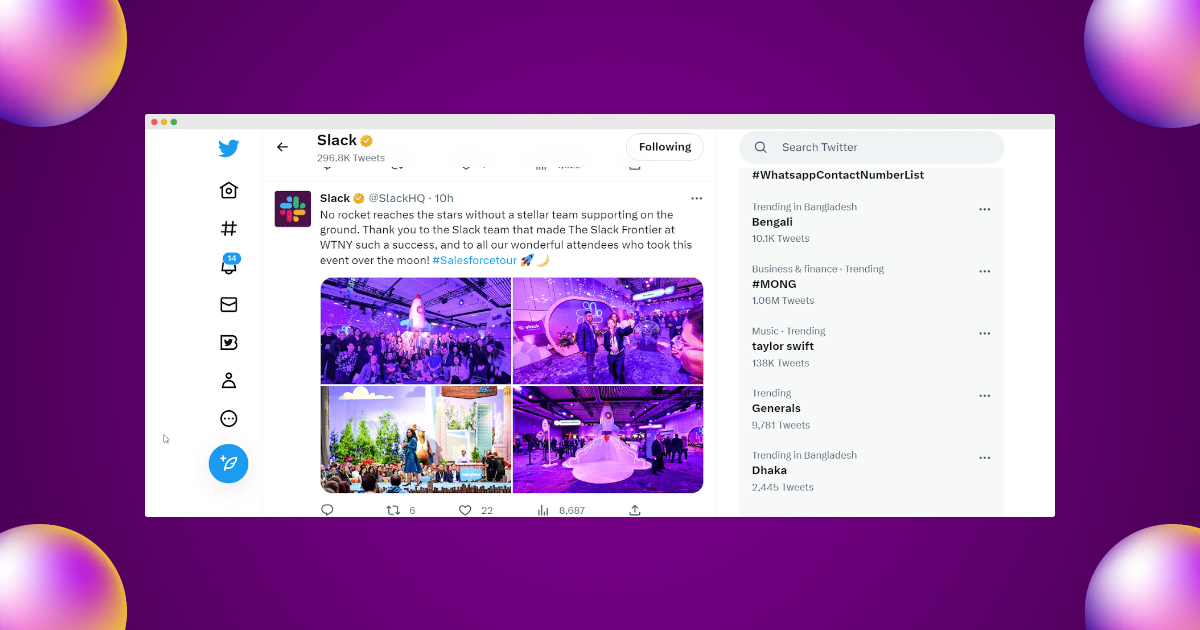
10. Visual and AR Search
- Google Lens/AR Previews are mainstream.
- Upload customized, high-quality product/store images.
- Add alt text and metadata

11. Real-time data
- Live data (hour, stock, waiting time) improves ranking.
- Sync inventory, booking, and schedule with Google.
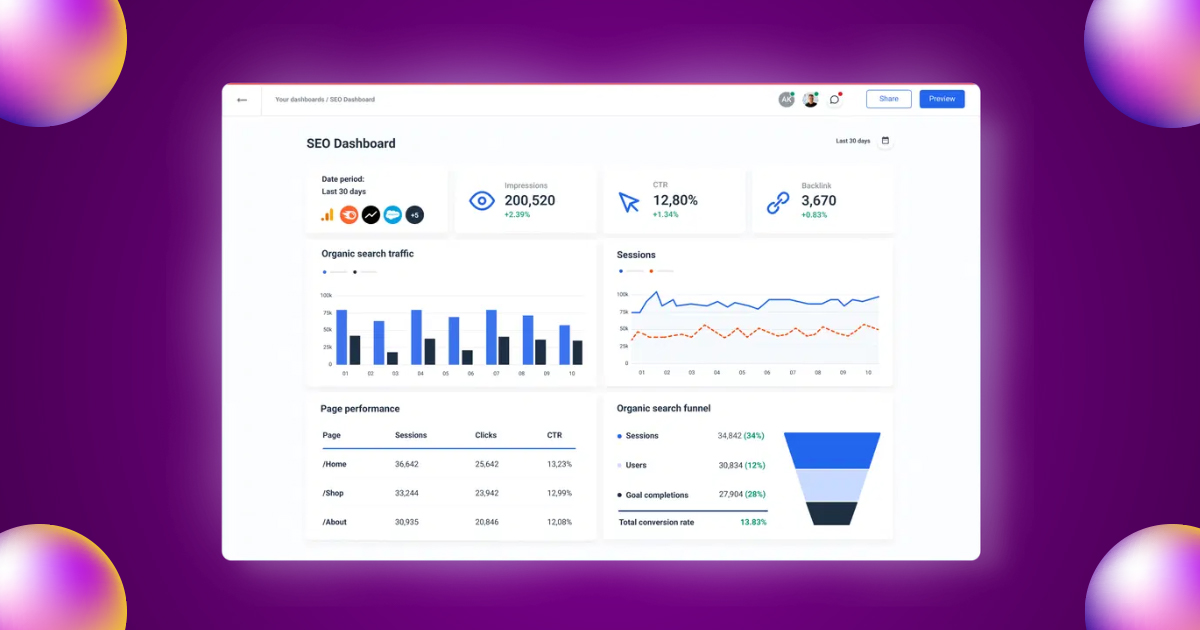
12. Review & Trustworthiness
- AI detects fake reviews.
- Detailed, real customer reviews rank better.
- Ask customers to mention specific services.
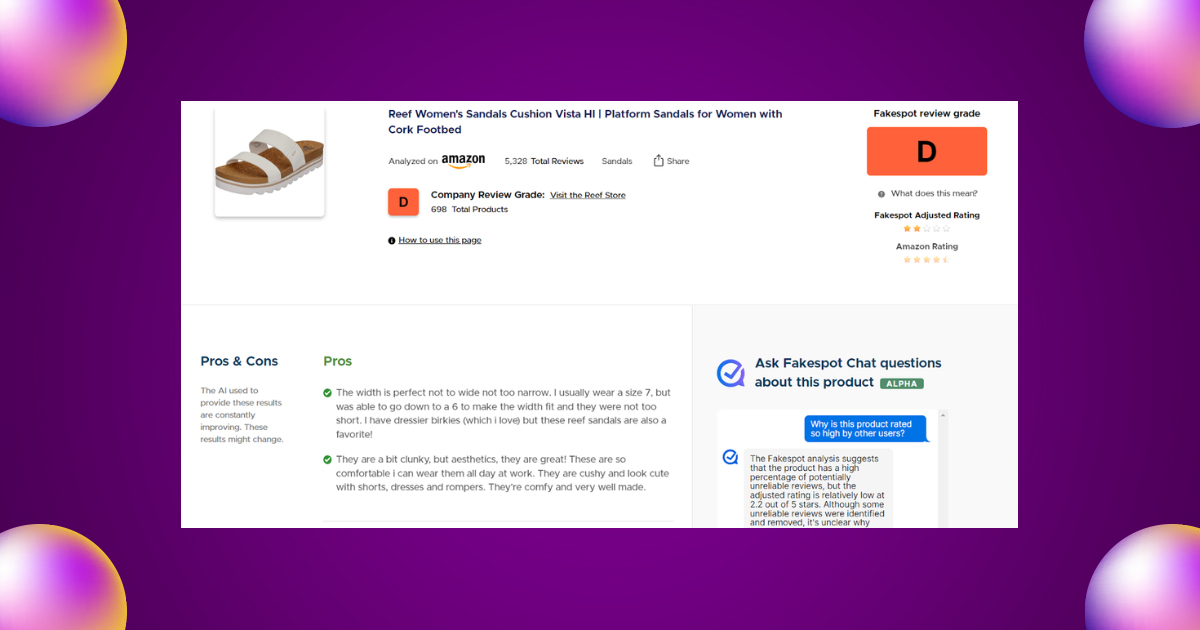
13. Multi-platform optimization
- Do not rely only on Google – optimize for Apple Maps, Bing, Yelp, TikTok Search, and AI Chatbots.
- Keep branding/information continuously everywhere.
14. Emerging trends
- AI-generated Menu/Services.
- Extension of local service advertisements.
- AR Storefront Preview.
- Emoji reactions on business listing.
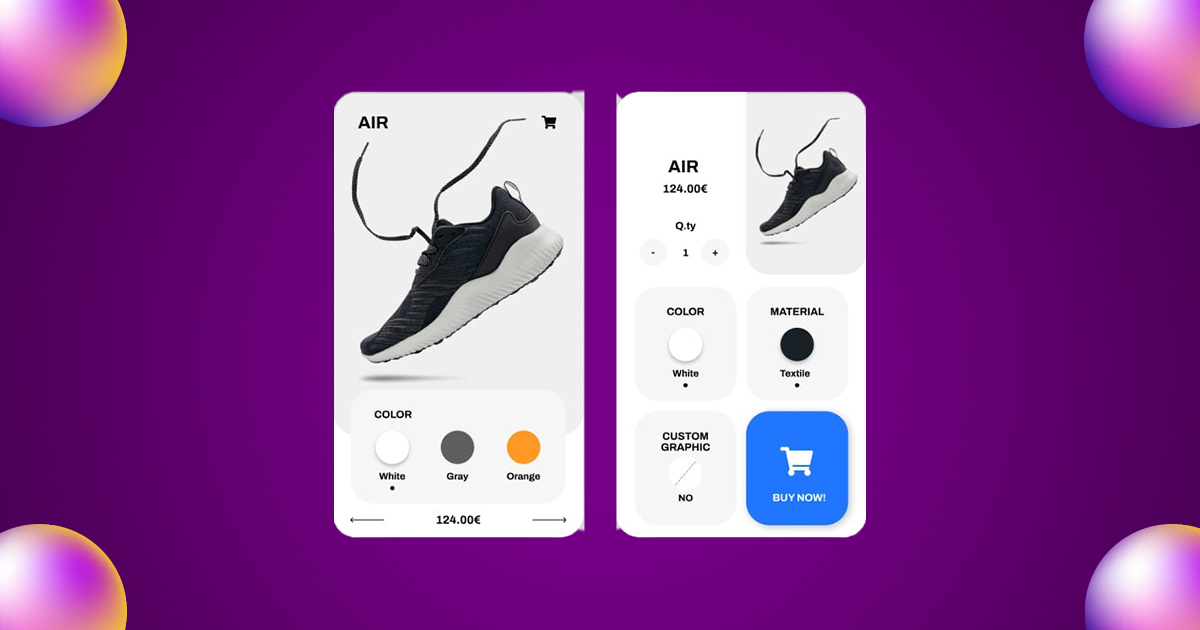
Top Local SEO Ranker Tools in 2025
1. Brightlocal
- All-in-one local SEO Tool.
- Rank tracking, citation cleanup, and review management.
- 2025: Insight to predict AI ranking changes.
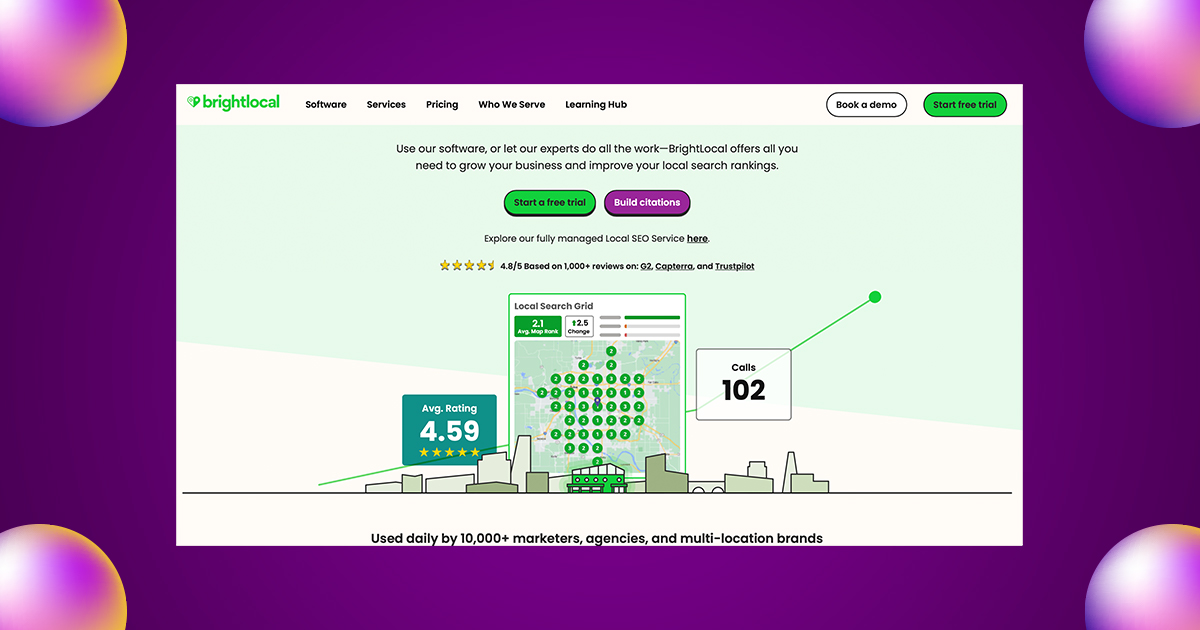
2. Semrush Local SEO Toolkit
- Track visibility on Google Maps and Heatmaps.
- Competitive Benchmarking.
- 2025: AI-powered local intention keyword analysis.
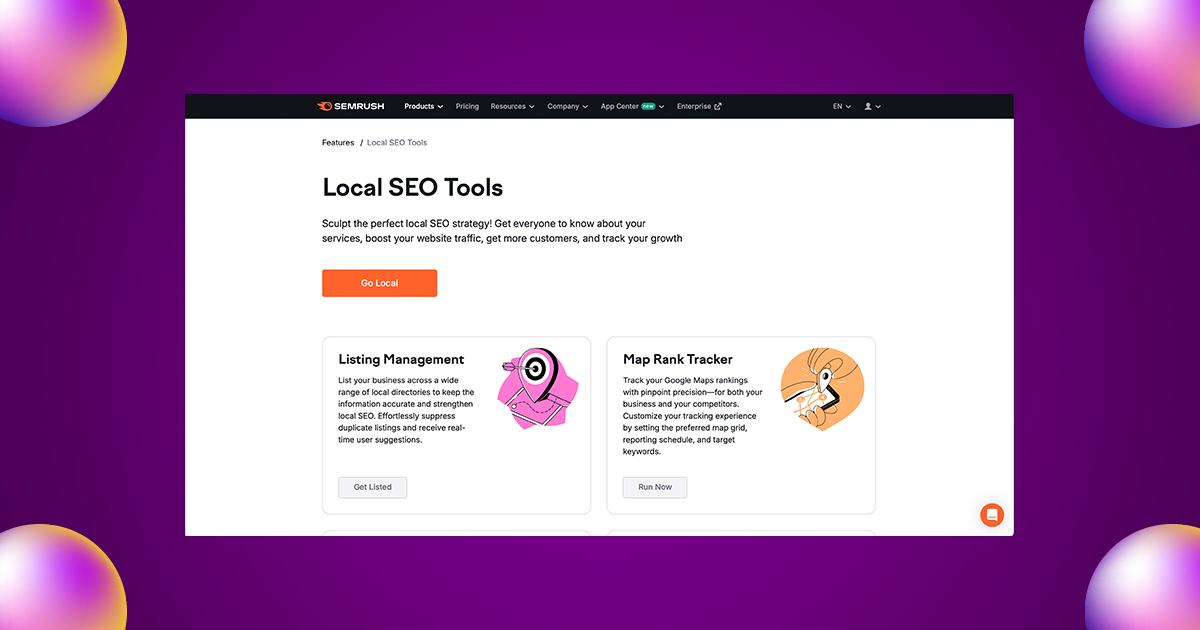
3. Moz local
- NAP focuses on consistency and citation management.
- GBP integrates with posts and Q&A.
- 2025: Dashboard for engagement tracking.
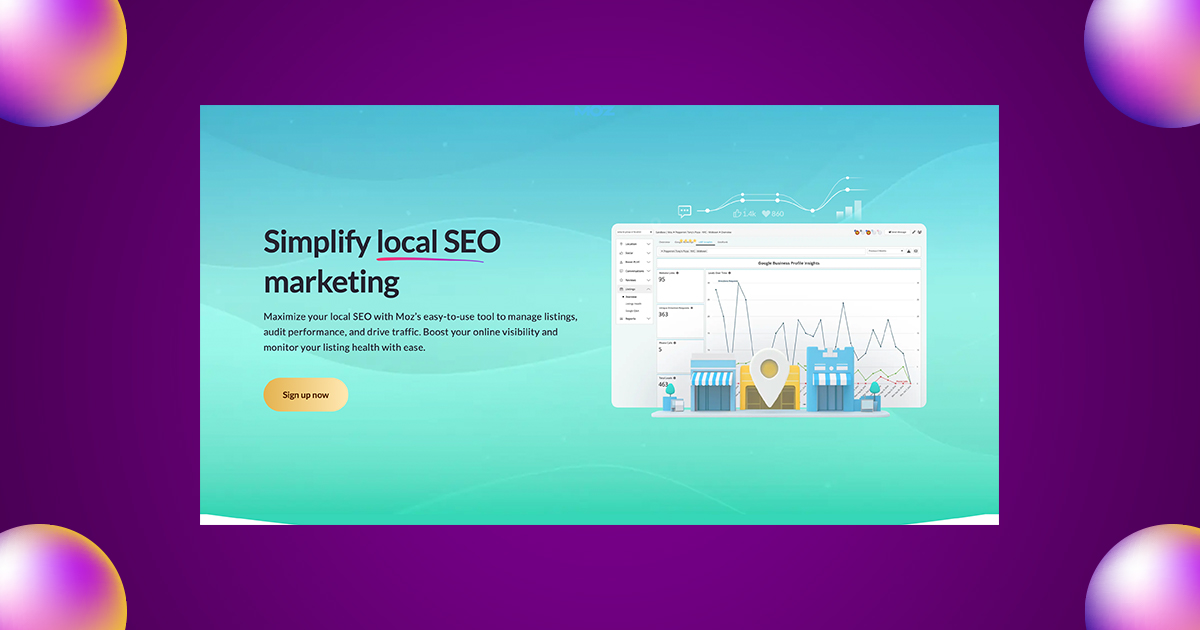
4. Whitespark
- Strong for citation building and local ranking.
- Helps in generating reviews.
- 2025: Geo intent tracker to analyze the assumption of the neighborhood.
5. GeoRanker
- Known for heatmaps & geo-rank tracking.
- Multi-Location Audit and Competitive Benchmarking.
- 2025: Voice search analytics for “near me” queries.
6. Surfer Local
- Simple tools for competitive research and GBP optimization.
- Rank tracking by keyword/location.
- 2025: AI-operated content suggestion for local pages.
7. Local Viking
- Robust GBP management (post-scheduling, grid tracking).
- 2025: AI Posting Assistant + WhatsApp Integration for Queries.
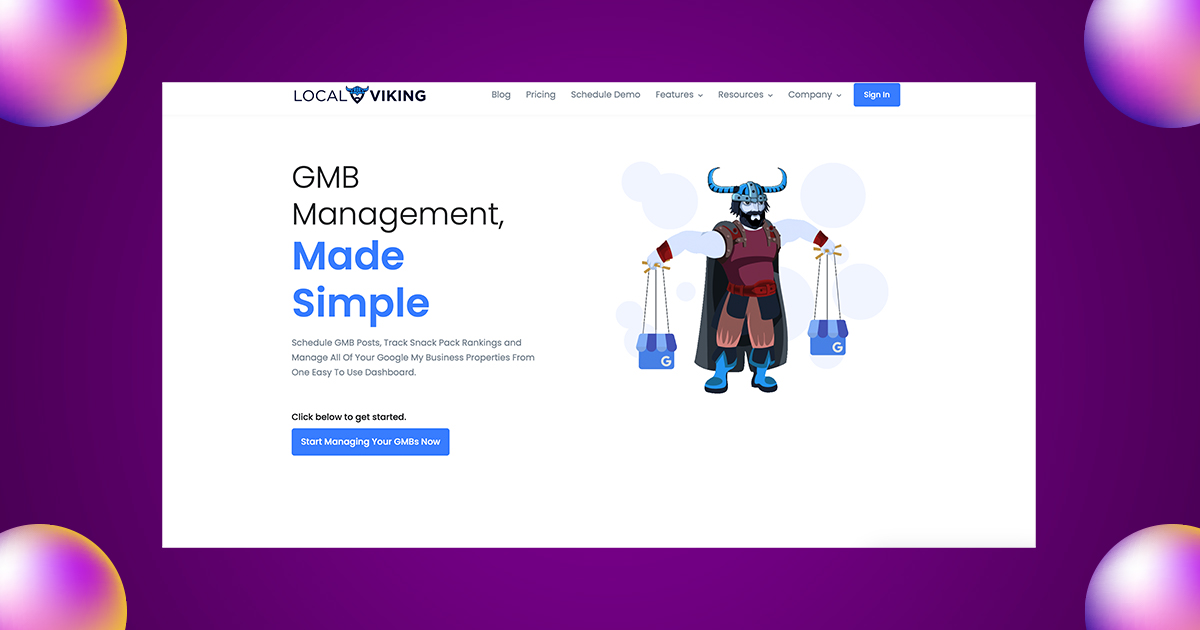
8.Ahrefs (Local SEO Ad-on)
- Local backlink analysis and competitive quotes.
- Hyperlocal keyword difficulty score.
- Global + great to balance local SEOs.
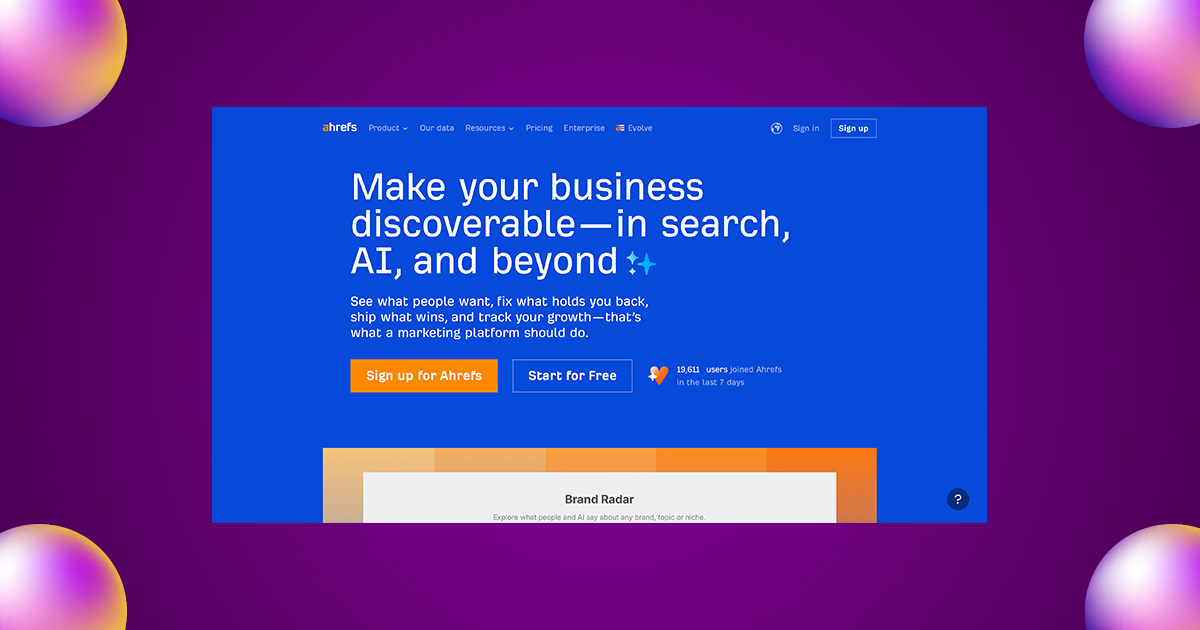
9. Yext
- Manages listing across directories.
- Real-time review management.
- 2025: Conversational AI to handle FAQ in search.
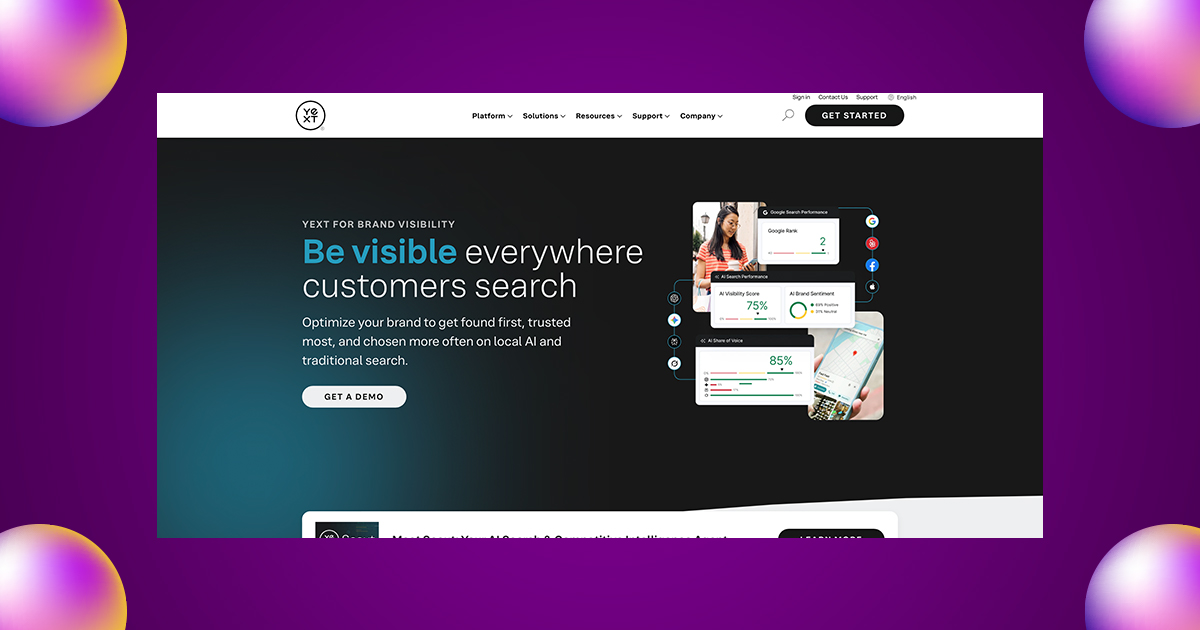
10. Uberall
- Best for multi-location businesses.
- Real time listing + reputation management.
- Strong customer engagement analytics.
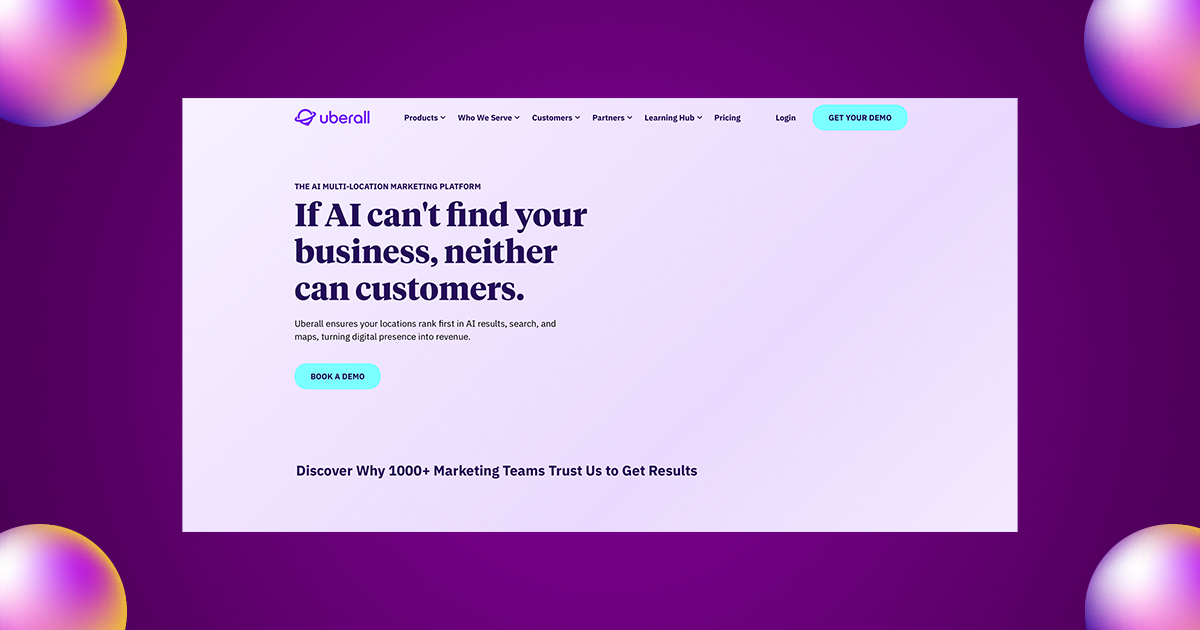
Essential Tools for Local SEO Rankers in 2025
To live with these trends, rankers are relying on advanced tools and platforms that provide automation, insight, and a competitive edge. Some top categories include:
1. List management tool
Ensure continuous NAP (name, address, phone) data in platforms such as Yext, Moz Local, and Brightlocal directories.
2. Review management and emotion analysis
Podium, Birdeye, and Reputation.com help to respond to businesses’ requests, monitor, and respond to reviews in real-time.
3. Local rank tracking equipment
Tools like Whitespark, local Falcon, and Semrush Local help visualize rankings across multiple zip codes and geogrids.
4.AI content and adaptation tools
ChatGPT-driven SEO assistants and tools like SurferSEO or Clearscope assist with creating hyper-local, optimized content.
5. Maps, Heatmap, and Insights
platforms such as Placesscout and Georanker provide “direction heatmaps” to understand where customers are coming from.
Winning Tactics for Local SEO Rankers in 2025
1. Optimize for AI-First SERPs
Ensure that business profiles have full details, structured data, and high-quality visuals that AI can easily parse and recommend.
2. Double Down on Reviews & Engagement
Encourage a stable review increase by integrating review requests into customer travel. Quickly respond to reviews and personalize the reactions.
3. Leverage Local Content Marketing
Publishing city-specific blogs, guides, and event updates helps businesses to rank for hyper-local searches and build authority.
4. Invest in Visual SEO
High-quality images, short-form videos, and even AR/VR storefront previews are becoming an important ranking factor.
5. Monitor & Adapt with Geo-Grid Tracking
Since the ranking varies from the street and the neighborhood, using geo-grid tools helps businesses to see how they perform in different parts of a city.
Key Ranking Factors for Google Maps & Local Pack in 2025
To win in local search, you need to understand Google’s preferences. Here are the top ranking factors this year:
1. Google Business Profile (GBP) Optimization
Your GBP (first Google My Business) is the single most important factor. In 2025:
- Add AI-generated menu, services, or product (if applicable).
- Use business categories wisely – select a primary and relevant secondary category.
- Keep updated hours, contact details, and services.
- Use Google Post regularly to highlight offers, events, and updates.
2. Local Reviews & Engagement
- The quantity and quality of reviews affect the ranking.
- Google emphasizes the now review – Fresh reviews carry more weight.
- Responding to reviews signals engagement, boosting trust and rankings.
3. Proximity & Relevance
- Google user considers a lot of factors in proximity.
- Optimizing your profile description and website for geo-specific keywords ensures relevance for “near me” searches.
4. On-Page Local SEO
- Embed Google Map on your contact page.
- Use local scheme markup to help Google understand your business.
- Optimize the meta title and descriptions with location + service keywords.
5. Citations & NAP Consistency
- Ensure that your business details are consistent across directories such as Yelp, Bing Place, TripAdvisor, and niche sites.
- Inconsistencies can damage your local ranking.
6. Behavioral Signals
- Click-through rates (CTR), call, direction request, and your GBP listing are now ranked signals.
- Adding photos, Q&A, and FAQs increases user interactions.
Final Thoughts:
Winning in local SEOs in 2025 is beyond optimizing a Google business profile – this requires the search engines, social platforms, directories, and a holistic appearance in AI assistants.
The future of local SEO rankers is AI-operated, multi-platform, and engagement-focused. Traditional strategies like citation building are not enough; Businesses should embrace real-time reputation management, voice search optimization, hyperlocal content, and visual-first strategies.
Success comes from quick adoption to develop algorithms at the center, consisting of customer experience and belief. AI-managed local search and real-time updates demand a seamless, interactive, and reliable digital appearance.
Google Maps and local packs are important for customer decisions. By optimizing your Google business profile, engaging with reviews, building authority, and using AI-driven features, businesses can rank higher and attract loyal customers.
In 2025, the local SEO is your digital storefront – being visible in the right place, at the right time, with the correct information, is the key to winning.
FAQs on Local SEO Rankers in 2025
1. What is the biggest change in local SEO for 2025?
The biggest shift is the rise of AI-driven personalization. Search results now adapt in real time based on user behavior, location, and intent, making hyperlocal and conversational optimization critical.
2. How important are reviews for local SEO rankings in 2025?
Extremely important. It’s not just about star ratings—Google values authentic, keyword-rich reviews, review velocity, sentiment, and fast response times.
3. Do I still need a website if Google Business Profile has everything?
Yes. While GBP dominates local discovery, a website is still essential for authority, organic traffic, and long-term SEO growth.
4. How do I optimize for voice search in local SEO?
Focus on conversational queries and long-tail keywords. Add FAQs to your site, optimize for “near me” searches, and ensure your business info is structured and crawlable by AI assistants.
5. What’s the fastest way to improve my local SEO ranking in 2025?
Optimize your Google Business Profile, earn steady, authentic reviews, keep your details updated, and build engagement on social media.
6. Do small businesses really need local SEO tools in 2025?
Yes. With AI-powered search and hyperlocal competition, tools help track rankings, manage reviews, and ensure visibility—giving small businesses a big edge.
7. How long does it take to rank in Google Maps in 2025?
It depends on competition, but with consistent optimization, most businesses see noticeable improvements within 2–3 months.

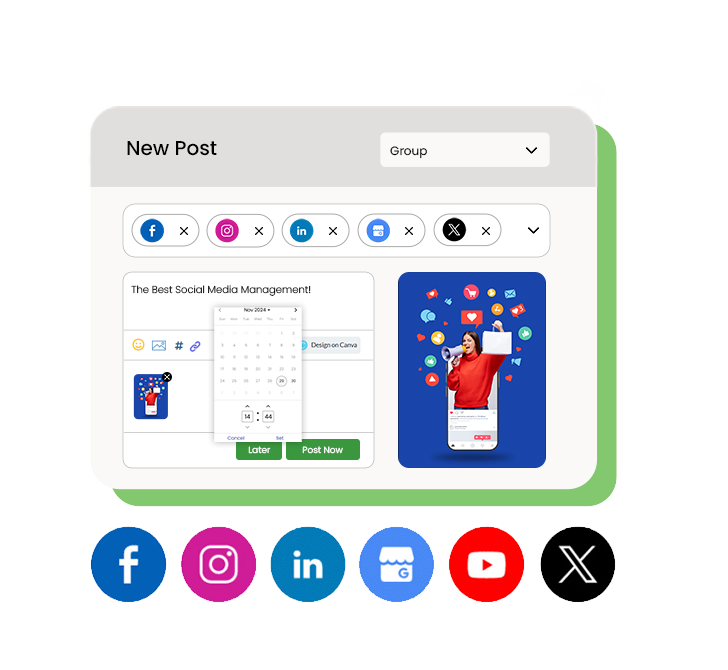
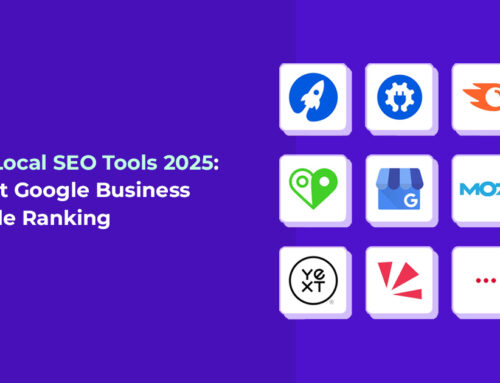
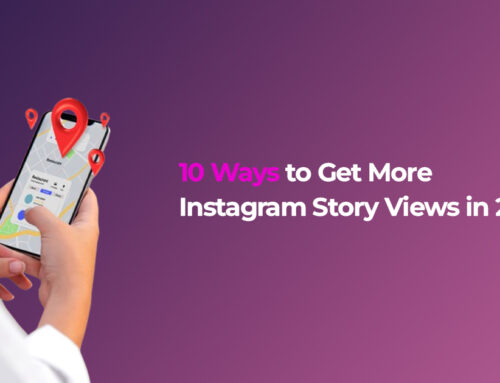
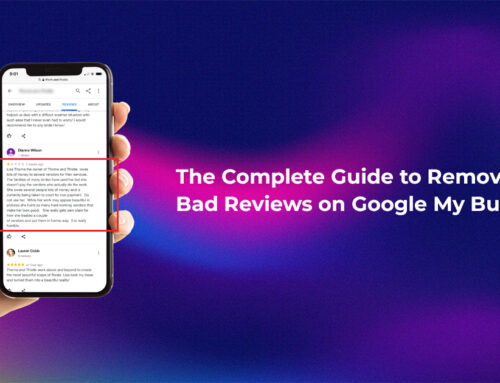
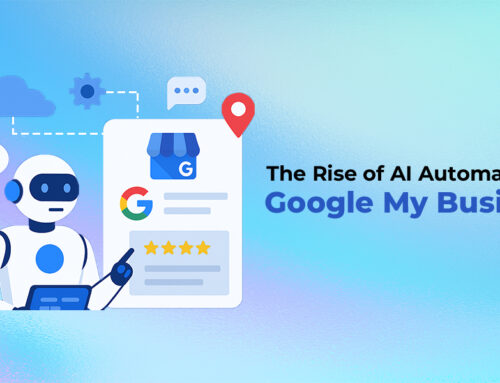

Leave A Comment